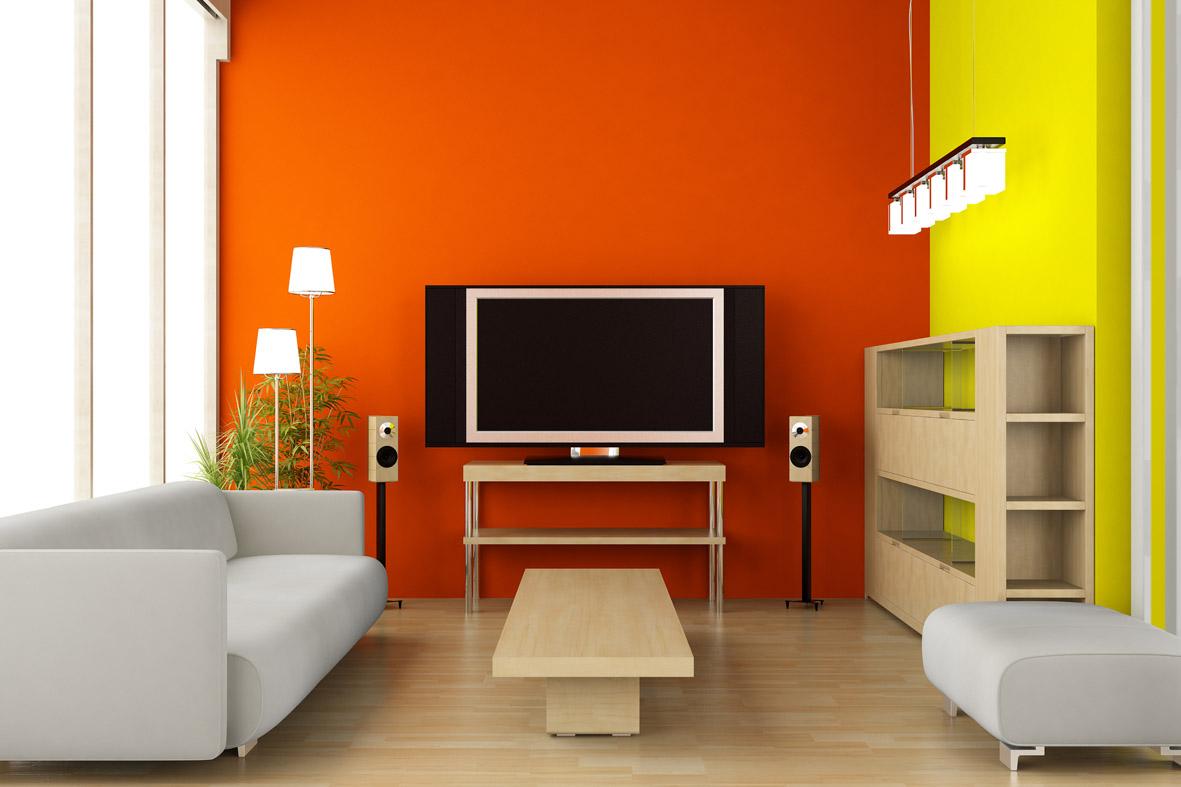You can use texture paint inside or outside a house to improve its looks and add durability. When applied outside, the paint resists assaults from UV rays, water, and wind. It also can handle sudden changes in the temperature.
Add a Bit of Interest to Your Home’s Décor
If textured paint is applied indoors, it offers a dependable solution to such issues as sagging, flaking, or peeling. Texture paints also prevent the growth of mould or algae. As the name suggests, a textured paint imparts a slightly gritty appearance, thereby adding interest and character to a home’s décor.
Why You Need to Contact a Painter
A paint that is textured is fairly easy to apply to a dry and clean surface. However, it is better to have a professional painter in Perth handle the painting. Textured paint is a unique covering. Therefore, anyone who uses the coating must be knowledgeable in using various finishes and on an array of surfaces.
Smoothing Out the Looks of a Surface
Because it is thick, textured paint notably covers any defects on an exterior or interior wall. Sagging or cracks are easily hidden when a textured finish is applied. In addition, uneven surfaces are concealed when this type of paint is used.
Easy to Maintain
Needless to say, if you want to add character to a surface that is less-than-perfect, using a textured paint is a good solution. You will also find that maintenance is an easy task. In order to clean a textured wall, you only need to use water to keep it looking its best.
Carefully Choose the Contractor
In order to make sure your textured painting project is a success, choose a painting contractor who is recognised in the business. In order to obtain a free quote for this type of work, you normally just need to go online and provide your contact details and ask for a quote for a specific type of painting work. Painters who provide all-inclusive services cover interior painting and exterior painting for new and old houses, as well as strata painting and textured coatings in their list of offerings.
You also need to decide on a colour. Normally, it is safer to go with a neutral tone. However, you can also use white or light beige to complement a more vibrant colour combination or break up the hues in a décor. Texture when combined with colour needs to be assessed with respect to intensity, playfulness, and vibrancy. Therefore, you need to perform a kind of balancing act.
Typically, as noted, it is better to neutralise the paint colours you use in order to emphasise a textured surface. Talk to a painter today to explore your choices.

